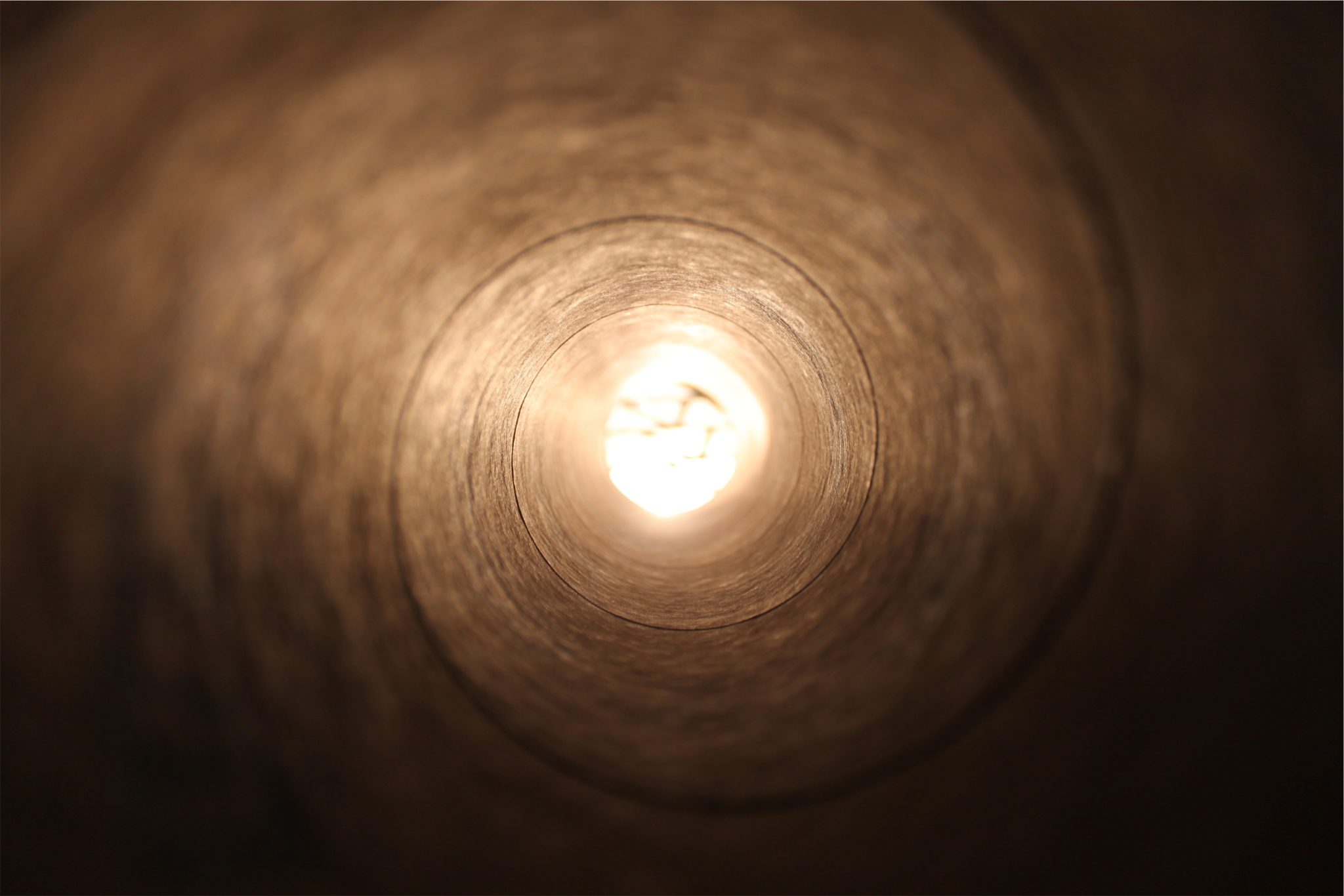Preparations for Passover begin almost a year before the festival, when the wheat for the shemurah (“guarded”) matzah is harvested. Shemurah matzah is made from grain that has been meticulously guarded from the time of its harvest in order that it not come in contact with any moisture whatsoever, to avoid the slightest chance that it might ferment. In this memoir, the previous Lubavitcher Rebbe (Rabbi Yosef Yitzchak Schneersohn, 1880-1950) recalls how the shemurah was harvested by the chassidim of his grandfather and father more than one hundred years ago:
The wheat for the shemurah matzah was taken from the fields of Reb Zalman Shcherbiner, whose homestead was in Shcherbina, a two hour journey from Lubavitch. The journey to Shcherbina, and the events surrounding it, made a deep impression upon me, and are engraved in my childhood memories.
Reb Zalman had a meticulous system for choosing the field with the highest quality wheat, and for choosing the day and hour of the harvest. The conditions for the harvest were: a clear and bright day on which the sun shone in its full intensity, and that no rain had fallen in the previous three days. The set hours for harvesting the shemurah were from noon to two o’clock or two-thirty in the afternoon.
When the time for harvest approached, Reb Zalman would come to Lubavitch to make the arrangements. For in addition to Reb Zalman, his family, and the Jewish families who lived on Reb Zalman’s land, several of the zitzers (resident scholars) of Lubavitch, as well as those visiting Lubavitch at the time, would work at harvesting and threshing the wheat. Since the exact day on which the above conditions would be met could not be known in advance, Reb Zalman would come with several wagons to take the people who would be doing the harvesting to Shcherbina, so that they should be ready to begin work at the proper moment. At times, they would wait a week or more for the perfect conditions to harvest the shemurah.
For Reb Zalman, the shemurah harvest was a cause for threefold joy. First of all, he would be cutting wheat for the shemurah matzah for the Rebbe.[1] Secondly, he would have guests from Lubavitch in his home for several days, something which he especially loved and for which he had a special talent. But most of all, the Rebbe himself would be attending the cutting of the wheat, and this was something that would infuse Reb Zalman with a year-long vitality and joy.
From the day that Reb Zalman left Lubavitch with the harvesters until that clear, bright day on which the shemurah was cut, the talk of the town was of the weather. People looked constantly at the sky; they felt the wind to see if it was dry or if it contained the slightest moisture. Dozens of predictions were heard about the next day’s weather. Each day we awaited the arrival of the special messenger from Shcherbina who would tell us that the harvest would be on that day.
* * *
The cutting and the threshing of the wheat were done with great joy, coupled with a seriousness that was profoundly displayed upon the countenances of the workers. All were belted with their gartlen[2]and wore hats over their yarmulkes.[3] The work went swiftly in the burning heat, as if the harvesters were experienced farmers.
Sickle in hand, the elderly Reb Zalman, with his broad, regal beard and face shining with joy, was swift and nimble as a lad. One could see the joy literally lifting him off his feet. His shoes and white socks floated above the ground like the feet of Naftali on a divine mission, as can only be with a true servant of G-d whose very heels are permeated with the profound pleasure of the mind and the inner will of the heart to serve G-d.
Some of the chassidim would cut the wheat, while others sang Chassidic melodies which poured forth with a sublime sweetness and carried across the countryside.
An aura of holiness enveloped the entire area. The wives and children of the local families stood by and watched, dressed in their Shabbat clothes, their faces reflecting the specialty of the occasion.
When the cutting and threshing of the wheat were concluded, Reb Zalman and a number of others would go to bathe. Upon his return, Reb Zalman, who would be wearing his Shabbat clothes, would lead the afternoon minchah prayers, which he would chant with a Simchat Torah tune. Tachanun[4] was not said. Following the prayers, all would join him in a joyous dance, during which Reb Zalman would suddenly leap into the air and perform three back-and-forth somersaults.
All would then proceed to the tables set up in the orchard, where a festive dairy meal was laid out for the farbrengen.[5] At the meal, the Rebbe would deliver a discourse of Chassidic teaching and farbreng for several hours. After the Rebbe had retired to the room which had been prepared for him, the assembled would continue to farbreng all night long.
In the morning, following the morning prayers, we would return to Lubavitch. Reb Zalman and his crew would arrive in Lubavitch that evening, bringing with them the sack of shemurah grain, which would be hung in a special room for safekeeping.
Told by the previous Lubavitcher Rebbe, Rabbi Yosef Yitzchak Schneersohn[6].
—————
[1]. Rabbi Shmuel of Lubavitch and, after his passing in 1882, Rabbi Shalom DovBer of Lubavitch.
[2]. A belt worn by chassidim during prayer.
[3]. It is Chassidic custom to wear a double head-covering during prayer.
[4]. Confession of sins, which is omitted on festivals and on especially joyous occasions.
[5]. Joyous gathering entailing words of Torah, singing and l’chaims.
[6]. Likkutei Dibburim, vol. I, pp. 241-244.







